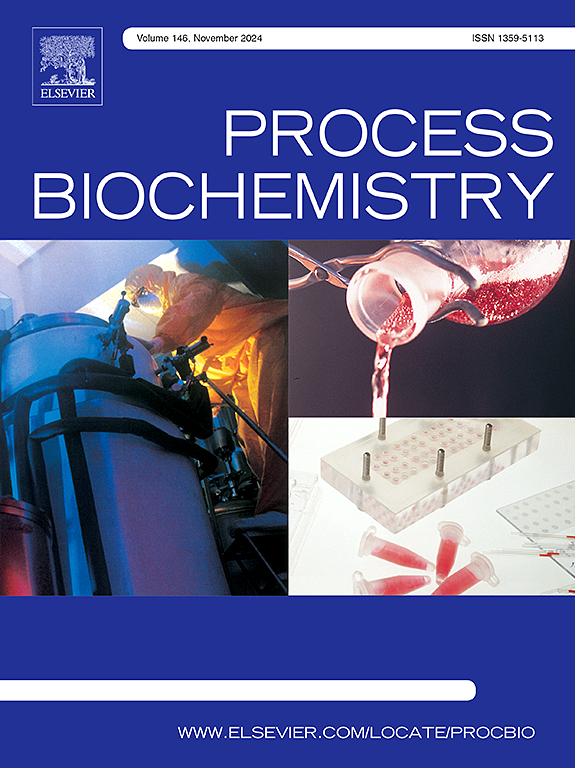AChE inhibition sensing through SiO₂ and GQDs interface on screen-printed electrode for malathion detection
IF 3.7
3区 生物学
Q2 BIOCHEMISTRY & MOLECULAR BIOLOGY
引用次数: 0
Abstract
Organophosphorus pesticides like malathion, adversely affect and cause significant risks to human health and the environment. Conventional detection methods are often pricey and tedious and need specialists. In this study, an electrochemical biosensor for malathion detection was developed using acetylcholinesterase (AChE) inhibition. The sensor was created by modifying a screen-printed electrode with silica nanoparticles (SiO₂) and graphene quantum dots (GQDs), followed by the immobilization of AChE. Square wave voltammetry was used to evaluate of the sensor performance using acetylthiocholine chloride (ATCl) with a detection range of 40–100 pM with a significant current difference of 9 µA. The biosensor demonstrated a sensitivity of 0.10 µA/pM for the substrate ATCl and achieved a detection limit of 0.01 ppm for malathion. It effectively detected malathion in various vegetable samples, highlighting its potential for on-site pesticide monitoring and rapid detection.
通过丝网印刷电极上的 SiO₂和 GQDs 界面进行 AChE 抑制传感,以检测马拉硫磷
马拉硫磷等有机磷农药对人类健康和环境产生不利影响并造成重大风险。传统的检测方法往往昂贵且繁琐,需要专家。本研究利用乙酰胆碱酯酶(AChE)抑制,研制了一种检测马拉硫磷的电化学生物传感器。该传感器是通过用二氧化硅纳米颗粒(SiO₂)和石墨烯量子点(GQDs)修饰丝网印刷电极,然后固定化AChE而制成的。采用方波伏安法对传感器性能进行评价,检测范围为40-100 pM,显著电流差为9 µa。该生物传感器对底物ATCl的灵敏度为0.10 µa /pM,对马拉硫磷的检测限为0.01 ppm。该方法有效检测了各种蔬菜样品中的马拉硫磷,突出了其在现场农药监测和快速检测方面的潜力。
本文章由计算机程序翻译,如有差异,请以英文原文为准。
求助全文
约1分钟内获得全文
求助全文
来源期刊

Process Biochemistry
生物-工程:化工
CiteScore
8.30
自引率
4.50%
发文量
374
审稿时长
53 days
期刊介绍:
Process Biochemistry is an application-orientated research journal devoted to reporting advances with originality and novelty, in the science and technology of the processes involving bioactive molecules and living organisms. These processes concern the production of useful metabolites or materials, or the removal of toxic compounds using tools and methods of current biology and engineering. Its main areas of interest include novel bioprocesses and enabling technologies (such as nanobiotechnology, tissue engineering, directed evolution, metabolic engineering, systems biology, and synthetic biology) applicable in food (nutraceutical), healthcare (medical, pharmaceutical, cosmetic), energy (biofuels), environmental, and biorefinery industries and their underlying biological and engineering principles.
 求助内容:
求助内容: 应助结果提醒方式:
应助结果提醒方式:


